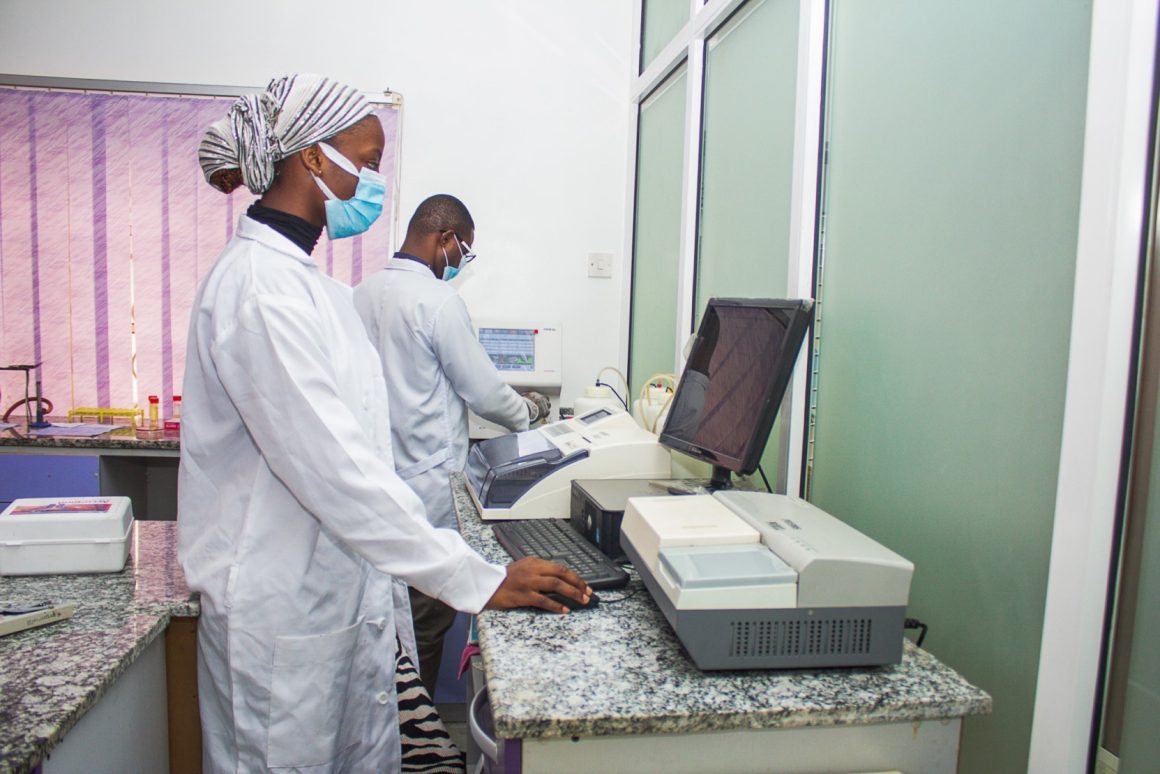A cardiac stress test (also referred to as a cardiac diagnostic test, cardiopulmonary exercise test, or abbreviated CPX test) is a cardiological test that measures the heart‘s ability to respond to external stress in a controlled clinical environment. The stress response is induced by exercise or by drug stimulation.
Cardiac stress tests compare the coronary circulation while the patient is at rest with the same patient’s circulation during maximum physical exertion, showing any abnormal blood flow to the myocardium (heart muscle tissue). The results can be interpreted as a reflection on the general physical condition of the test patient. This test can be used to diagnose coronary artery disease (also known as ischemic heart disease) and assess patient prognosis after a myocardial infarction (heart attack).
The cardiac stress test is done with heart stimulation, either by exercise on a treadmill, pedaling a stationary exercise bicycle ergometer, or with intravenous pharmacological stimulation, with the patient connected to an electrocardiogram (ECG). People who cannot use their legs may exercise with a bicycle-like crank that they turn with their arms.
The level of mechanical stress is progressively increased by adjusting the difficulty (steepness of the slope) and speed. The test administrator or attending physician examines the symptoms and blood pressure response. With use of ECG, the test is most commonly called a cardiac stress test but is known by other names, such as exercise testing, stress testing treadmills, exercise tolerance test, stress test or stress test ECG.
A stress test may also use an echocardiogram (ultrasonic imaging of the heart) or a nuclear stress test (in which a radioisotope is injected into the bloodstream).



